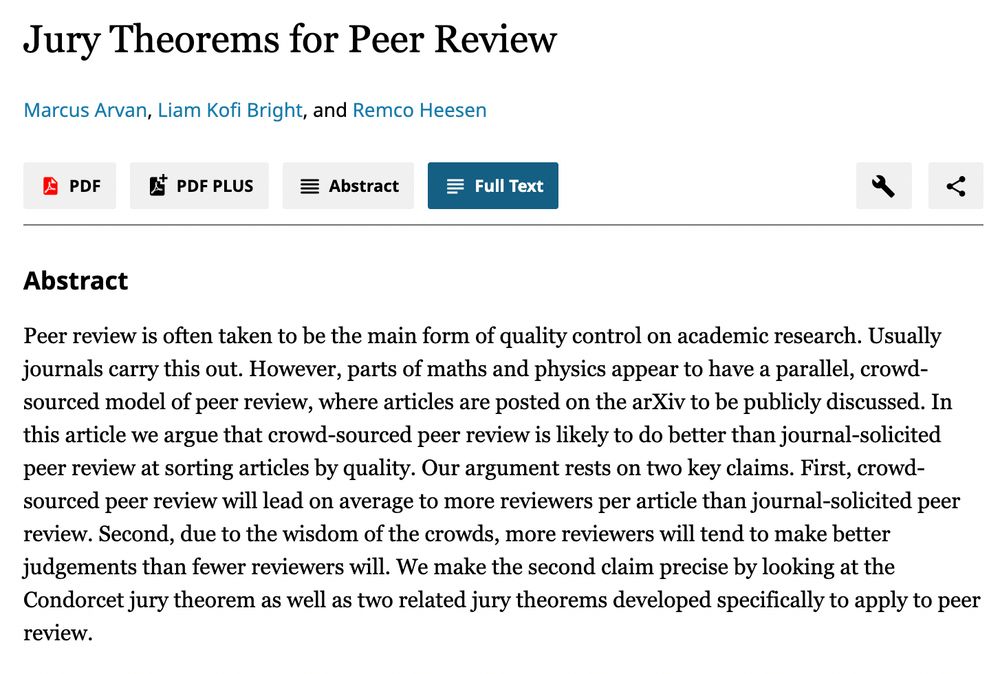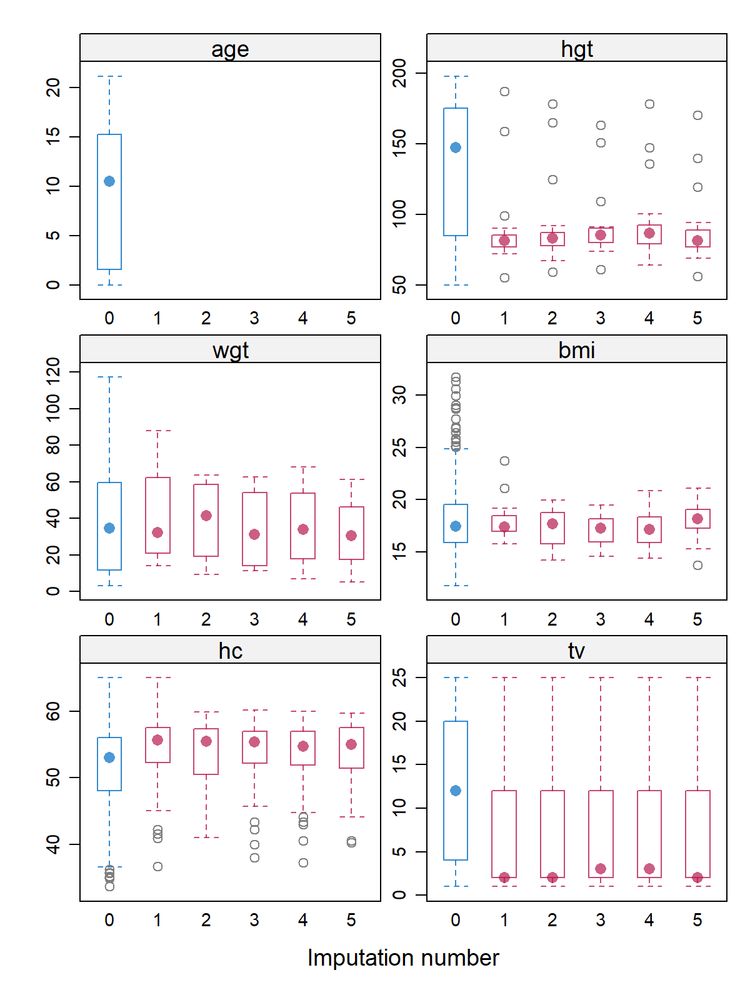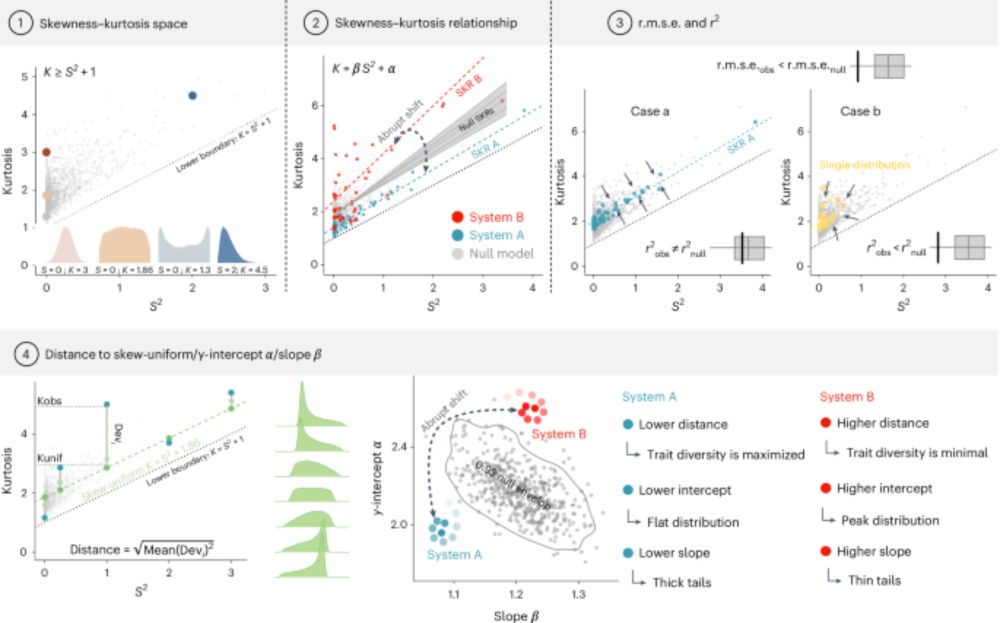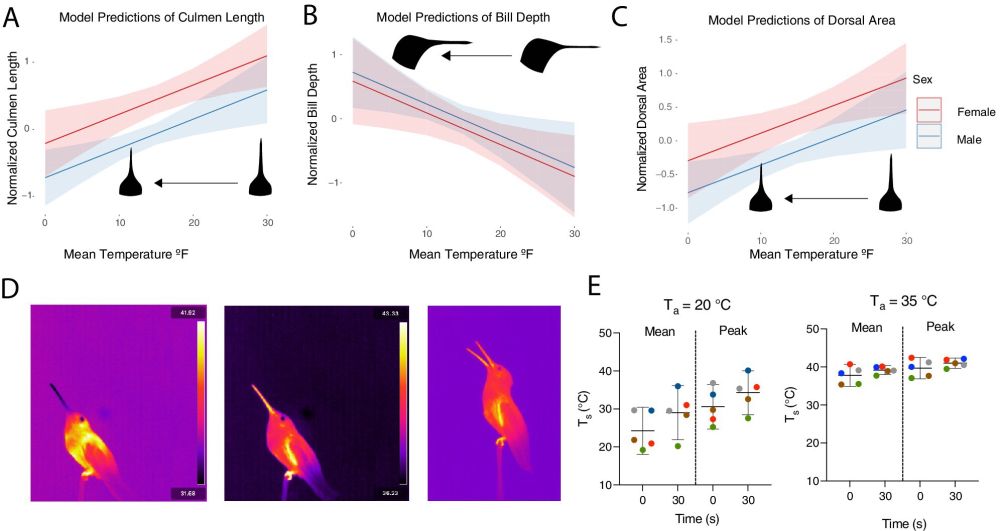
Are our 95% CIs only worth 45% confidence?
When multiple studies on the same research question, or multiple analyses of the same dataset are summarized in a meta-analysis, our confidence intervals (CIs) are put to a relentless test of reliabil...
Are our 95% CIs only worth 45% confidence? New preprint authors argue that's too pessimistic and outline extended CIs beyond sampling error. doi.org/10.1101/2025...
#statistics #OpenScience #Reproducibility
cc @biorxivpreprint.bsky.social
@sortee.bsky.social
09.09.2025 16:24 — 👍 5 🔁 1 💬 0 📌 0

"Ungeneralizable generalizations? A meta-meta-analysis of the influence of taxonomic bias on the study of behavior." - doi.org/10.32942/X2X...
04.07.2025 03:08 — 👍 3 🔁 3 💬 0 📌 0

Tiny hands, tiny birds, big curiosity. 🐦⬛✨
We took local grammar school kids bird ringing—and they loved it.
From gently holding a warbler to learning why birds wear “bracelets,” they got a front-row seat to real science.
🔍📏💍 = ❤️
🔗 martinbulla.github.io//bullab/gall...
#ornithology #scienceoutreach
02.07.2025 05:24 — 👍 5 🔁 0 💬 0 📌 0

Coming soon! A mid-summer special BOW Discovery Webinar on AVILIST - the world's first unified global checklist of birds. Does this sound good? Would you like to join us?
Stay tuned for more info. Target is late July. We'll do our best to make this during a globally friendly timeslot.
25.06.2025 13:46 — 👍 141 🔁 24 💬 3 📌 1
The deadline for the job application is today.
16.06.2025 13:34 — 👍 0 🔁 0 💬 0 📌 0

Jury Theorems for Peer Review
Marcus Arvan, Liam Kofi Bright, and Remco Heesen
Abstract:
Peer review is often taken to be the main form of quality control on academic research. Usually journals carry this out. However, parts of maths and physics appear to have a parallel, crowd-sourced model of peer review, where articles are posted on the arXiv to be publicly discussed. In this article we argue that crowd-sourced peer review is likely to do better than journal-solicited peer review at sorting articles by quality. Our argument rests on two key claims. First, crowd-sourced peer review will lead on average to more reviewers per article than journal-solicited peer review. Second, due to the wisdom of the crowds, more reviewers will tend to make better judgements than fewer reviewers will. We make the second claim precise by looking at the Condorcet jury theorem as well as two related jury theorems developed specifically to apply to peer review.
Paper is finally up and open access (www.journals.uchicago.edu/doi/10.1086/...), it's a sequel to an earlier paper where we'd argued that there's not good evidence that pre-publication peer review is a net benefit (www.journals.uchicago.edu/doi/10.1093/...). So in this one we suggest an alternative.
14.06.2025 08:28 — 👍 236 🔁 87 💬 15 📌 8

When performing multiple imputation of missing data, it is essential to evaluate how the imputed values compare to the observed data.
The attached image was created with the bwplot() function.
More: eepurl.com/gH6myT
#rstats #bigdata #businessanalyst #datavisualization
05.06.2025 09:38 — 👍 3 🔁 2 💬 0 📌 0
🚨Some required reading for anyone dabbling in trait-based ecology & ecosystem science.
05.06.2025 14:53 — 👍 3 🔁 1 💬 0 📌 0

Scatterplot showing positive correlation between avian wing bone length and temperature across ~1500 bird species, along with diagrams comparing wing bones with low versus high proportional length
Another unexpected angle on bird wing evolution: skeletal measurements suggest that wing bone length is shaped not only by aerodynamics of flight but also by thermoregulation (1/4)
onlinelibrary.wiley.com/doi/10.1111/...
#macroecology #ornithology 🧪🌎🌐🪶
04.04.2025 14:45 — 👍 37 🔁 14 💬 3 📌 0
Now published!!!! www.nature.com/articles/s41...
28.04.2025 12:48 — 👍 176 🔁 68 💬 13 📌 3

Drivers and impacts of global seed disperser decline
Nature Reviews Biodiversity - Many plants rely on animals to disperse their seeds, but some groups of these seed-dispersing animals are facing severe declines. This Review summarizes evidence of...
Pollinator decline has captured global attention, but another plant-animal mutualism is quietly unraveling.
Our new Nature Reviews Biodiversity article synthesizes global evidence on seed disperser decline and what it means for plant biodiversity, ecosystem recovery, and climate adaptation. 🧵
19.05.2025 01:35 — 👍 192 🔁 100 💬 4 📌 8
Unsolicited listicle: My list of the most criminally underused/underappreciated phylogenetic comparative methods. Note, I am not involved in ANY of these methods; but I see them as things people are often asking of comparative data but have been surprised at how infrequently they have been cited.
21.05.2025 20:06 — 👍 147 🔁 68 💬 4 📌 0
Junior professor at the University Paris-Saclay & researcher at the Biology Centre CAS | Associate Editor at Frontiers in Ecology and the Environment & @peopleandnature.bsky.social & Cambridge Prisms: Extinction | www.ivanjaric.com
#ornithology 🥚🐣🐦| #birdmigration #birdringing #birdtracking | #broodparasitism | #TeamBird @ivb-cas.bsky.social @czechacademy.bsky.social | #HABITRACK
https://www.instagram.com/rytikerttunen/
https://scholar.google.com/citations?user=aGO2IjIAAAAJ&hl=en
Associate professor and CRC Tier 2 in Integrative Ecology at the University of Alberta. She/her.
Ornithologist-to-be in data science, and vice versa. Now PhDing at Imperial College London. Pragmatic optimist.
Scientist | Animal behaviour | Movement ecology | Spatial Ecology | WATLAS | SIBES | Intertidal Wadden Sea | NIOZ Royal Netherlands Institute for Sea Research
Research on behavior, genomics, and evolution in birds. Often thinking about sex diversity and variation. Assistant Professor at Duke Biology
A Big-Team Open Science collaborative approach to avian cognition and behaviour research | 🕊🦅🦆🦜🐓🦩🦚🦉| Run by Co-Founder @drrmiller.bsky.social | Website: www.themanybirds.com
Data Science Education & Consulting
Website: https://statisticsglobe.com/
YouTube: youtube.com/@StatisticsGlobe
The Swiss Reproducibility Network (SwissRN) is a peer-led consortium that aims to promote and ensure rigorous research practices in Switzerland.
Find out more: https://www.swissrn.org/
An independent charity promoting the public interest in sound science and evidence.
X: @senseaboutsci
#EvidenceWeek #MaddoxPrize #AskForEvidence #VoYS #AllTrials
linktr.ee/senseaboutscience
Pragmatic methodologist and behavioral scientist at Esade business school. Barcelona
website: https://urisohn.com
Blog: https://DataColada.org
Automatically tweets new posts from http://statmodeling.stat.columbia.edu
Please respond in the comment section of the blog.
Old posts spool at https://twitter.com/StatRetro
Associate Professor @ University of Exeter in Cornwall #ExeterCEC Evolution and genetics of life, love and death. Also: 🐈 🐓 🍺 🚴 🏔️ 🇳🇱 🇨🇭 🇬🇧
UC Davis. Developmental drivers of individuality in the Amazon molly. Nature through nurture and a lot of noise. Really into random effects. Hard no to autocrats
#Ornithology #ethology & vocal communication.
Professor of History & Philosophy of Science (HPS) | Metascience | Improving Peer Review | Debates about statistical reform
Co-director of MetaMelb (an interdisciplinary metascience lab) at the University of Melbourne
pic: @replicats.bsky.social
Because there are never enough social media sites to sign up to and then ignore.
Evolutionary ecology | Behavioural Ecology |
http://thejennionslab.weebly.com
Interested in Biodiversity and why there is so much variation out there. Evolution, Genetics, Behaviour, Ecology, Conservation, nowadays also Physiology. Studying Waders/Shorebirds. Currently at Max Planck BI.













